ICGOO在线商城 > GP1UM282RK
- 型号: GP1UM282RK
- 制造商: Sharp Microelectronics
- 库位|库存: xxxx|xxxx
- 要求:
| 数量阶梯 | 香港交货 | 国内含税 |
| +xxxx | $xxxx | ¥xxxx |
查看当月历史价格
查看今年历史价格
GP1UM282RK产品简介:
ICGOO电子元器件商城为您提供GP1UM282RK由Sharp Microelectronics设计生产,在icgoo商城现货销售,并且可以通过原厂、代理商等渠道进行代购。 提供GP1UM282RK价格参考以及Sharp MicroelectronicsGP1UM282RK封装/规格参数等产品信息。 你可以下载GP1UM282RK参考资料、Datasheet数据手册功能说明书, 资料中有GP1UM282RK详细功能的应用电路图电压和使用方法及教程。
| 参数 | 数值 |
| B.P.F.中心频率 | 36.7kHz |
| 产品目录 | |
| 描述 | RECEIVER REMOTE CTRL TOP 36.7KHZ |
| 产品分类 | |
| 品牌 | Sharp Microelectronics |
| 数据手册 | |
| 产品图片 |
|
| 产品型号 | GP1UM282RK |
| rohs | 含铅 / 不符合限制有害物质指令(RoHS)规范要求 |
| 产品系列 | - |
| 产品目录绘图 |
|
| 产品目录页面 | |
| 其它名称 | 425-1150 |
| 安装类型 | 通孔 |
| 感应距离 | 8.5m |
| 朝向 | 顶视图 |
| 标准包装 | 200 |
| 电压-电源 | 4.5 V ~ 5.5 V |
| 电流-电源 | 950µA |


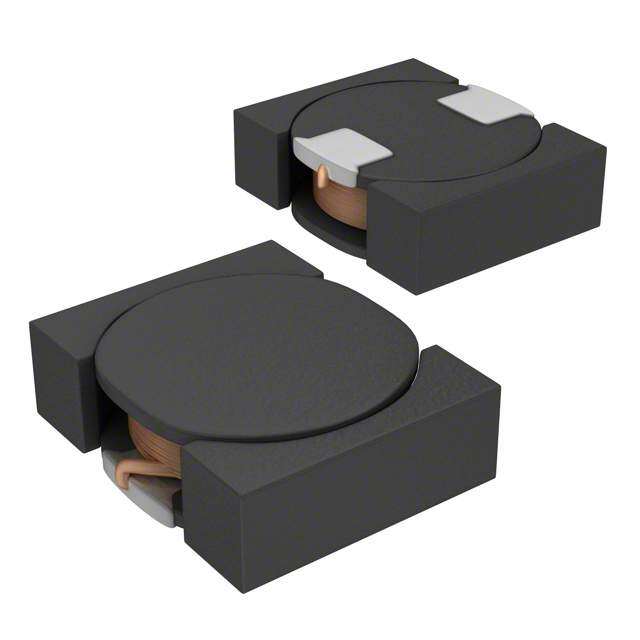
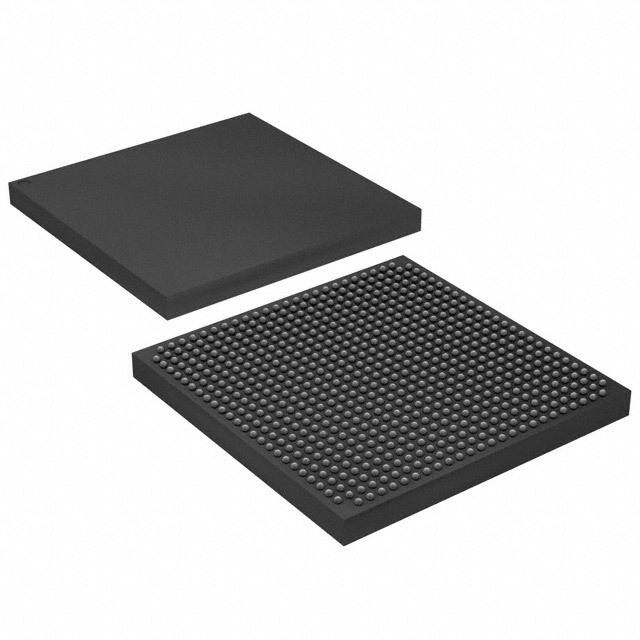
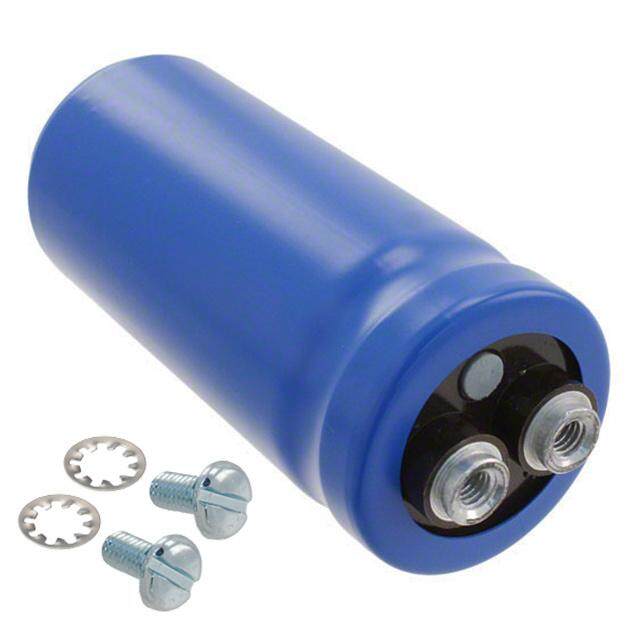

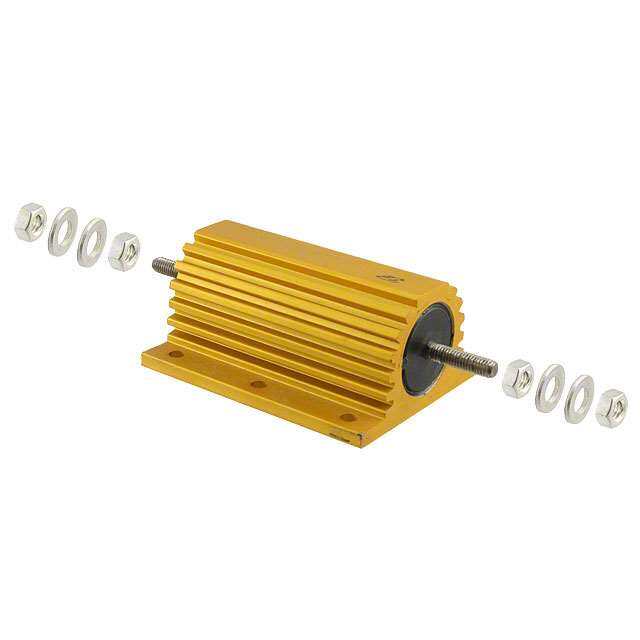


- 商务部:美国ITC正式对集成电路等产品启动337调查
- 曝三星4nm工艺存在良率问题 高通将骁龙8 Gen1或转产台积电
- 太阳诱电将投资9.5亿元在常州建新厂生产MLCC 预计2023年完工
- 英特尔发布欧洲新工厂建设计划 深化IDM 2.0 战略
- 台积电先进制程称霸业界 有大客户加持明年业绩稳了
- 达到5530亿美元!SIA预计今年全球半导体销售额将创下新高
- 英特尔拟将自动驾驶子公司Mobileye上市 估值或超500亿美元
- 三星加码芯片和SET,合并消费电子和移动部门,撤换高东真等 CEO
- 三星电子宣布重大人事变动 还合并消费电子和移动部门
- 海关总署:前11个月进口集成电路产品价值2.52万亿元 增长14.8%




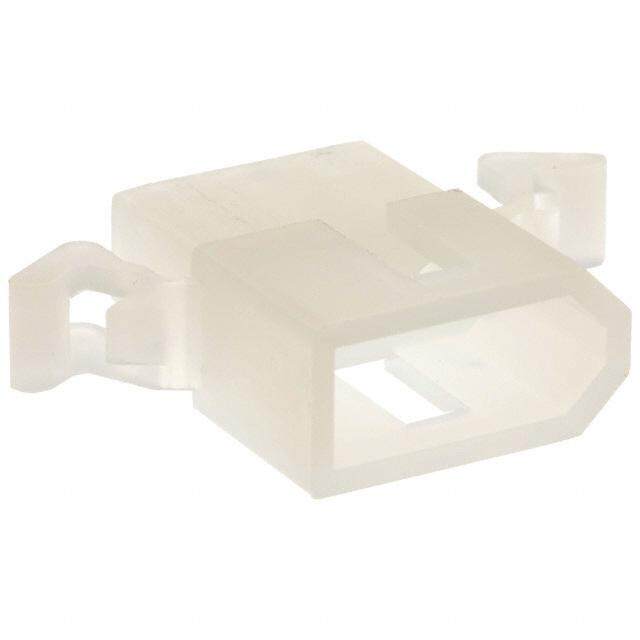
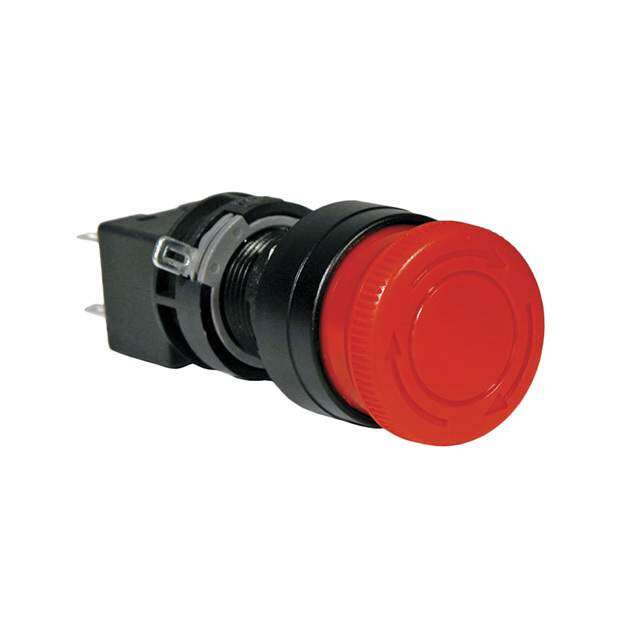
PDF Datasheet 数据手册内容提取
GP1UM26RK/27RK/28RK/28QK Series GP1UM26RK/GP1UM27RK Series Anti Electromagnetic Induction GP1UM28RK/GP1UM28QK Series Noise Type Compact IR Detecting Unit for Remote Control (cid:2) Features (cid:2) Applications 1. Anti electromagnetic induction noise type. 1.AV equipments 2. Compact (case volume). 2. Home appliances 3.Various B.P.F. (Band Pass Frequency) frequency to meet different user needs. (cid:2) Outline Dimensions (Unit : mm) GP1UM26RK Series GP1UM27RK Series 1.25 1.25 5.6 2.2 5 3.6 0.51.42.2 9 2. 6 4.34.7 7. 4 1.4 *19.6 0. *13.6±0.5 8.6±0.5 5.6 2.2 10.2 3.6 0.51.42.2 0.7 0.7 9 Example of mounting drawing 2. *120..5*51421.542 3 123 VVGOCNCUDT 1.7from* 3s2o.l9der* 3s5id.8e (R*1e3.2f4e.9re1.7nce) 4.34.7 7.6 13.8±0.5 0.4 1.4*23.6*19.6±0.5 1.4 5 7.56.7 Coef nPteDr 5.85 Example of mounting drawing from solder side (Reference) 3 2 1 3−φ0.8 0.8 0.8 *35.8 2.54 2.54 *32.9 *32.9 7 1234....*UC*12na ::ss peIEne xtdchciicilfcuiaekdtdnee es tsos rasloeg o:rg at0 end.d3cim Tes Yeo: nlP±ds0eio.r3ns of connector. *120..5*51421.542 3 123 VVGOCNCUDT 7.551.6.7 1.4 Coef1 nP.t4eDr 1.75.85 5.*3 : If there are difficulties to insert the GP1UM26RK series on PCB, we recommend to expand +0.1mm from original 2.9mm. 3 2 1 3−φ0.8 2.54 2.54 1.*1 : Indicates root dimensions of connector. 2.Unspecified tolerance : ±0.3 3.Case thickness : 0.3TYP 4.*2 : Exclude sagged solder 5.*3 : If there are difficulties to insert the GP1UM27RK series on PCB, we recommend to expand +0.1mm from original 2.9mm. Notice In the absence of confirmation by device specification sheets, SHARP takes no responsibility for any defects that may occur in equipment using any SHARP devices shown in catalogs, data books, etc. Contact SHARP in order to obtain the latest device specification sheets before using any SHARP device. Internet Internet address for Electronic Components Group http://sharp-world.com/ecg/
GP1UM26RK/27RK/28RK/28QK Series (cid:2) Outline Dimensions (Unit : mm) GP1UM28RK Series GP1UM28QK Series 2.2 2.75 1.25 1.25 5.6 9 2. 3 4. 6 *29. 9.6 0.8 0.4 6 *11.7 3. 1 2 3 0.5 0.8 3.7 1.4 *12.54 *12.54 1 VOUT 5.4 5.6 2.2 14.2 3.6 0.51.42.2 23 VGCNCD 6.8 1.4 9 2. 6 4.34.7 7. 4 1.4 *19.6 Efroxamm spoleld eorf smidoeu n(Rtinegfe dreranwcein)g 0. 1.25 *23.6±0.5 1.25 2.54 2.54 17.8±0.5 1 2 3 Top of lenz 3−φ0.8 3.9 1.85 5 5 Example of mounting drawing 3. from solder side (Reference) 7 1.4 1.4 1.7 0.8 0.8 *35.8 1.*32.9 *32.9 *32.9 *32.9 7 *35.8 0.51 2 3 1. 1.4 1.7 *12.54 *12.54 1.4 12 VVOCCUT 7.556.7 Coef nPteDr 5.85 123...*UC1na :ss peIne tdchiicifciaektdne estos rsloe o:r at0 nd.3cimTe Ye: nP±s0io.3ns of connector. 3 GND 4.*2 : Exclude sagged solder 3 2 1 3−φ 5.*3 : If there are difficulties to insert the GP1UM28QK series on PCB, 0.8 we recommend to expand +0.1mm from original 2.9mm. 2.54 2.54 1.*1 : Indicates root dimensions of connector. 2.Unspecified tolerance : ±0.3 3.Case thickness : 0.3TYP 4.*2 : Exclude sagged solder 5.*3 : If there are difficulties to insert the GP1UM28RK series on PCB, we recommend to expand +0.1mm from original 2.9mm. (cid:2) Model Line-up Diversified models with a different B.P.F. frequency are also available. B.P.F. center frequency Model No. Unit 40 GP1UM26RK GP1UM27RK GP1UM28RK GP1UM28QK 36 GP1UM260RK GP1UM270RK GP1UM280RK GP1UM280QK 38 GP1UM261RK GP1UM271RK GP1UM281RK GP1UM281QK kHz 36.7 GP1UM262RK GP1UM272RK GP1UM282RK GP1UM282QK 56.8 GP1UM267RK GP1UM277RK GP1UM287RK GP1UM287QK
GP1UM26RK/27RK/28RK/28QK Series (cid:2) Internal Block Diagram RL VOUT Limiter B.P.F. DemodulatorIntegratorComparator VCC GND (cid:2) Absolute Maximum Ratings (T=25°C) (cid:2) Recommended Operating Conditions a Parameter Symbol Rating Unit Parameter Symbol Operating conditions Unit Supply voltage VCC 0 to +6.0 V Supply voltage VCC 4.5 to 5.5 V *1Operating temperature T −10 to +70 °C opr Storage temperature T −20 to +70 °C stg *2Soldering temperature T 260 °C sol *1 No dew condensation is allowed *2 For 5s (At mounting on PCB with thickness of 1.6mm) (cid:2) Electro-optical Characteristics (T=25˚C, V =+5V) a CC Parameter Symbol Conditions MIN. TYP. MAX. Unit Dissipation current ICC No input light − 0.95 1.5 mA High level output voltage VOH VCC −0.5 − − V Low level output voltage VOL *3 IOL=1.6mA − − 0.45 V High level pulse width T1 600 − 1 200 µs Low level pulse width T2 400 − 1 000 µs B.P.F. center frequency f − − *4 − kHz 0 Output pull-up resistance RL − 70 100 130 kΩ *3The burst wave as shown in the following figure shall be transmitted by the transmitter shown in Fig. 1 The carrier frequency of the transmitter, however, shall be same as *4, and measurement shall be from just after starting the transmission until 50 pulse *4The B.P.F. center frequency f0 varies with model, as shown in (cid:2) Model Line-up Burst wave 600µs 1 000µs f0=(*4) Duty 50%
GP1UM26RK/27RK/28RK/28QK Series (cid:2) Performance Using the transmitter shown in Fig. 1, the output signal of the light detecting unit is good enough to meet the following items in the standard optical system in Fig. 2. 1. Linear reception distance characteristics When L=0.2 to 8.5(7.0)*7m, *5E <10 lx and φ=0˚ in Fig.2, the output signal shall meet the electrical characteristics in the attached V list. 2.Sensitivity angle reception distance characteristics When L=0.2 to 6.0(4.5)*7m, *5E <10 lx and φ≤30˚ in Fig.2, the output signal shall meet the electrical characteristics in the attached V list. 3.Anti outer peripheral light reception distance characteristics When L=0.2 to 4.0(3.0)*7m, *6E ≤ 300 lx and φ=0˚ in Fig.2, the output signal shall meet the electrical characteristics in the attached V list. *5 It refers to detector face illuminance *6 Outer peripheral light source: CIE standard light source A shall be used and placed at 45˚ from perpendicular axis at the detector face center *7 In case of B.P.F. center frequency: 56.8kHz model Fig.1 Transmitter 20cm 10kΩ +5V PI 9 F D4 µ0 P 1 Transmitter (GL521 used) f0=(*4) Ω Duty 50% 0k VOUT 1 Oscilloscope In the above figure, the transmitter should be set so that the output V can be 40mV. OUT (P-P) However, the PD49PI to be used here should be of the short-circuit current I =2.6µ A at E =100 lx. SC V (E is an illuminance by CIE standard light source A (tungsten lamp).) V Fig.2 Standard Optical System Light detector face illuminance:EV φ φ VOUT Reception distance:L Transmitter (φ indicates horizontal and vertical directions.)
GP1UM26RK/27RK/28RK/28QK Series (cid:2) Precautions for Operation 1. When this infrared remote control detecting unit shall be adopted for wireless remote control, please use it with the signal format of transmitter, which total duty ratio D (Emitting time Σn t / Transmitting time for 1 block T) is 40% or less. ON signal time T t N=1N ON (Pulse width of the presence of modulated IR) should be 250(200:In case of B.P.F. center frequency:56.8kHz model)µs or more. In case that the signal format of total duty and ON signal time is out of above conditions, there is a case that reception distance is much reduced or output is not appeared. Transmitting time for 1 block:T TON t1 t2 t3 tn n Dt=(N Σ= 1tN / T)×100 (%) 2. Use the light emitting unit (remote control transmitter), in consideration of performance, characteristics, operating conditions of light emitting device and the characteristics of the light detecting unit. 3. Pay attention to a malfunction of the light detecting unit when the surface is stained with dust and refuse. Care must be taken not to touch the light detector surface. If it should be dirty, wipe off such dust and refuse with soft cloth so as to prevent scratch. In case some solvents are required, use methyl alcohol, ethyl alcohol or isopropyl alcohol only. Also, protect the light detecting unit against flux and others, since their deposition on the unit inside causes reduction of the function, fading of markings such as the part number. 4. The shield case should be grounded on PCB pattern. (The area across the shield case and the GND terminal is internally conductive in some cases and non-conductive in some other cases.) 5. Do not apply unnecessary force to the terminal and the case. 6. Do not push the light detector surface (photodiode) from outside. 7. To avoid the electrostatic breakdown of IC, handle the unit under the condition of grounding with human body, soldering iron, etc. 8. Do not use hole and groove set in the case of the light detecting unit for other purposes, since they are required to maintain the specified performance. 9. External Circuit Examples (Mount the outer parts as near the unit as possible). GND GND CO+ R1 VCC Ve (Circuit parameters) VOUT VO R1=47Ω±5% C1=47µF In setting R and C, use suitable values after considering under the real condition 1 1 The circuit constant is a example. It is difference from mounting equipment. Please select it by your mounting equipment. This device has a transistor as protection element between V and GND to improve anti-static electricity proof. CC Please be carefully not to apply exceeding the absolute maximum ratings of applying voltage and continuous high voltage spike noise because there is cases that transistor will be short by secondary breakdown generally. In order to do difficultly, Please add CR filter (47Ω (1/10W), 10µF or more) such as external circuit example above near V . CC
GP1UM26RK/27RK/28RK/28QK Series 10. There is a possibility that noise on output may be caused by environmental condition (Disturbing light noise, Electromagnetic noise, Power supply line noise, etc.) even if there is no input transmission signal. 11. Please shall confirm operation or your actual machine. Because the output pulse width of this product is fluctuated by environmental conditions such as signal format, temperature, distance from transmitter, and so on. 12. In case that this product is kept in high humidity condition, it may be hard to solder, please be careful enough about storage method. Depend on the flux you select, there are different solderabilities, so please select a suitable flux and use it. 13. Please use this device away from the dew drop. Be aware that the dew drop rusts shield case and others, may affect the electric characteristics.
NOTICE (cid:1)The circuit application examples in this publication are provided to explain representative applications of SHARP devices and are not intended to guarantee any circuit design or license any intellectual property rights. SHARP takes no responsibility for any problems related to any intellectual property right of a third party resulting from the use of SHARP's devices. (cid:1)Contact SHARP in order to obtain the latest device specification sheets before using any SHARP device. SHARP reserves the right to make changes in the specifications, characteristics, data, materials, structure, and other contents described herein at any time without notice in order to improve design or reliability. Manufacturing locations are also subject to change without notice. (cid:1)Observe the following points when using any devices in this publication. SHARP takes no responsibility for damage caused by improper use of the devices which does not meet the conditions and absolute maximum ratings to be used specified in the relevant specification sheet nor meet the following conditions: (i) The devices in this publication are designed for use in general electronic equipment designs such as: --- Personal computers --- Office automation equipment --- Telecommunication equipment [terminal] --- Test and measurement equipment --- Industrial control --- Audio visual equipment --- Consumer electronics (ii)Measures such as fail-safe function and redundant design should be taken to ensure reliability and safety when SHARP devices are used for or in connection with equipment that requires higher reliability such as: --- Transportation control and safety equipment (i.e., aircraft, trains, automobiles, etc.) --- Traffic signals --- Gas leakage sensor breakers --- Alarm equipment --- Various safety devices, etc. (iii)SHARP devices shall not be used for or in connection with equipment that requires an extremely high level of reliability and safety such as: --- Space applications --- Telecommunication equipment [trunk lines] --- Nuclear power control equipment --- Medical and other life support equipment (e.g., scuba). (cid:1)If the SHARP devices listed in this publication fall within the scope of strategic products described in the Foreign Exchange and Foreign Trade Law of Japan, it is necessary to obtain approval to export such SHARP devices. (cid:1)This publication is the proprietary product of SHARP and is copyrighted, with all rights reserved. Under the copyright laws, no part of this publication may be reproduced or transmitted in any form or by any means, electronic or mechanical, for any purpose, in whole or in part, without the express written permission of SHARP. Express written permission is also required before any use of this publication may be made by a third party. (cid:1)Contact and consult with a SHARP representative if there are any questions about the contents of this publication.
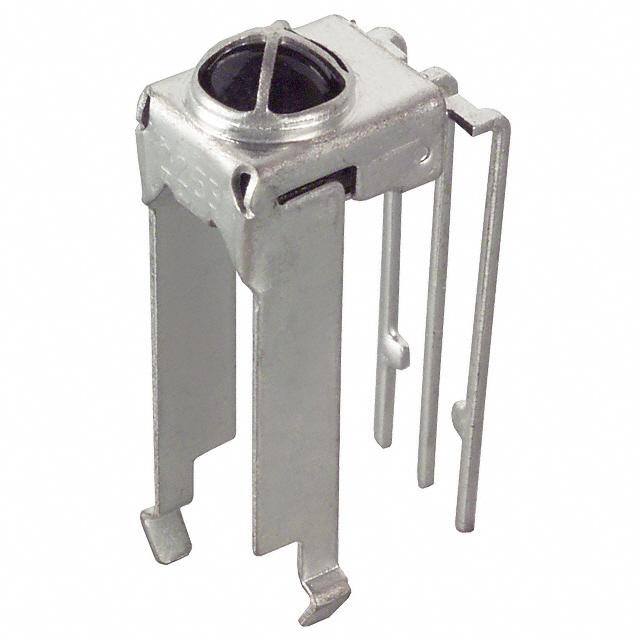
 Datasheet下载
Datasheet下载


